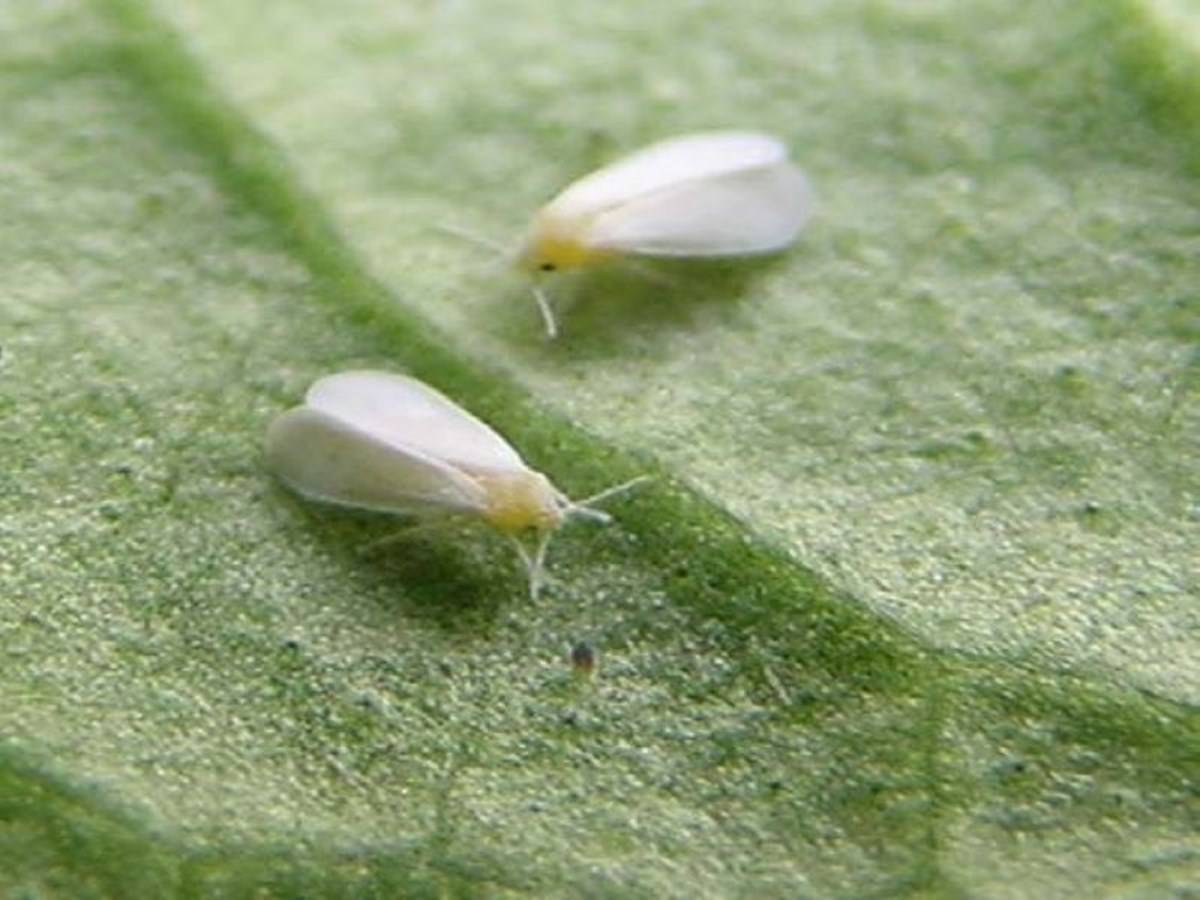
Legume family crop, Soybean is widely grown edible bean all over the world. Soybean is used to make many food products such as soy milk, soy flour, soy oil, tofu, soy chunks etc., and many tasty dishes can be prepared from soy products.
But, just like we humans, Pests also love it… And they can damage your soy farming.
Over the past 50 years, Soy production has increased and the intensity of pests that threaten the yield has also increased. At many places where soybean is grown every other year, pests have increased in density, and in turn cause losses in yield and overall economic loss. Many pests such as flies, beetles, caterpillars and other parasitic microorganisms can cause too much damage to soy crop.
Major pests on Soy crop are-
-
Tobacco caterpillar
-
Stem fly
-
White fly
-
Green semiloopers
-
Gridle beetle
To protect our soy crop from these pests, we use Integrated Pest Management Approach (IPM).
Firstly, let’s understand what is IPM?
According to the definition given by Food and Agriculture Organization (FAO) in 1967, “Integrated Pest Management is a pest management system that, in context of the associated environment and the population dynamics of the pest species, utilizes all suitable techniques and methods in a compatible manner as possible and maintains the pest populations at levels below those causing economically unacceptable damage of loss.”
This approach neither uses full organic method, nor full chemical method. It is the best combination of chemical, biological and cultural methods.
Now, let us understand, how to protect our soybean from above written pests through IPM approach?
This is a step by step process involving Pest monitoring, Disease monitoring, Data recording and then finally the solution i.e., Pest management processes.
For our soybean crop pest management, following are the solutions.
Cultural practice management
This involves all the cultural practices to be done properly including, cleaning of the infected field properly if there are any residues of last crop pests followed by deep ploughing, fertilizer application, seed treatment and then sowing Intercropping can be done to protect the soy crop from pests.
-
Fertilizer dose- NPK and S – 20:60-80:30-40:20 kg/ha
-
Seed treatment- Trichoderma viridae @ 5g or Thiram 37.5% + carboxin 37.5% DS @ 3g/kg seed followed by seed treatment with Bradyrhizobium.
-
Seed rate- optimum seed rate 65-75 kg/ha

Genetic management
Pest resistant varieties can be used for the protection from pest.
|
Pest |
Resistant Variety |
|
Stem fly |
JS 335, PK 262, NRC 12, NRC 37,MACS 124, MAUS 2, MAUS 47 |
|
Tobacco caterpillar |
JS 81-41, PS 564, PK 472 |
|
Green semilooper |
NRC 7, NRC 37, PUSA 16, PUSA 20, PUSA 24, JS 93-05, JS 97-52, JS 80-21, MAUS 47 |
|
Griddle beetle |
JS 71-05, JS 97-52, NRC 7, MAUS 32, Indira Soya 9 |
Source- NIPHM
Chemical management
This management involves use of pesticides.
|
Pest |
Pesticides |
|
Defoliators, Tobacco caterpillars |
Chlorantraniliprole 18.5%SC @ 150ml/ha Indoxacarb 15.8%EC @ 333ml/ha |
|
White fly |
Thiamethoxam 30% FS@ 10kg/ha |
|
Stem fly |
Thiamethoxam 30% FS @ 10kg/ha Chlorantraniliprole 18.5% SC@ 150 ml/ha |
|
Pod borer |
Indoxacarb 15.8% EC @ 333ml/ha Bacillus thuringiensis var. kurtaki, serotype H-39, 3b, Strain Z-52 (Bt) @ 0.75 to 1.0 kg/ha |
|
Griddle beetle |
Triazophos 40 EC @ 625 ml/ha Chlorantraniliprole 18.5% SC@ 150 ml/ha |
|
Blue beetle |
Indoxacarb 15.8% @ 333ml/ha |
Source- NIPHM
Mechanical control method can also be used by collecting pests and some other measures. And for management of diseases, Biological control method can also be used.
So, this is how you can protect your soybean farm from pests using different ways of IPM approach. For more information like this, Stay connected…!!








